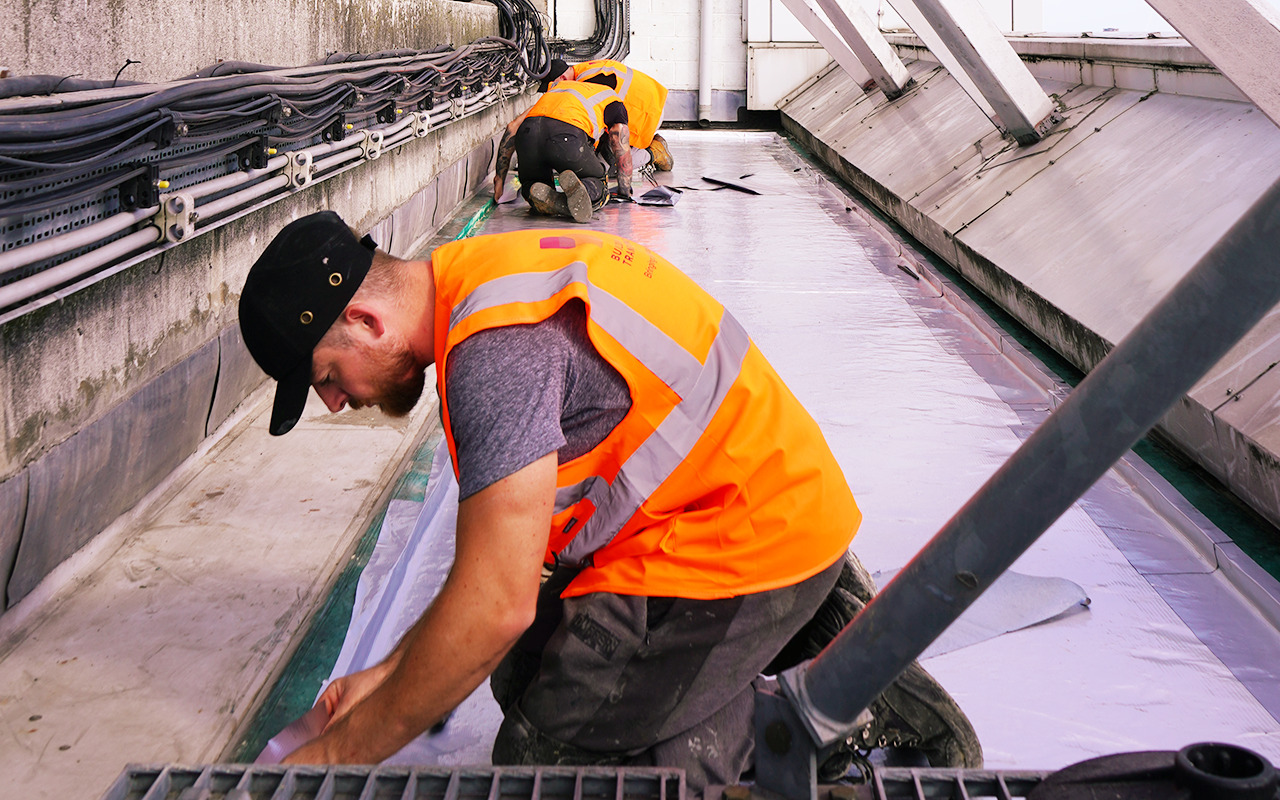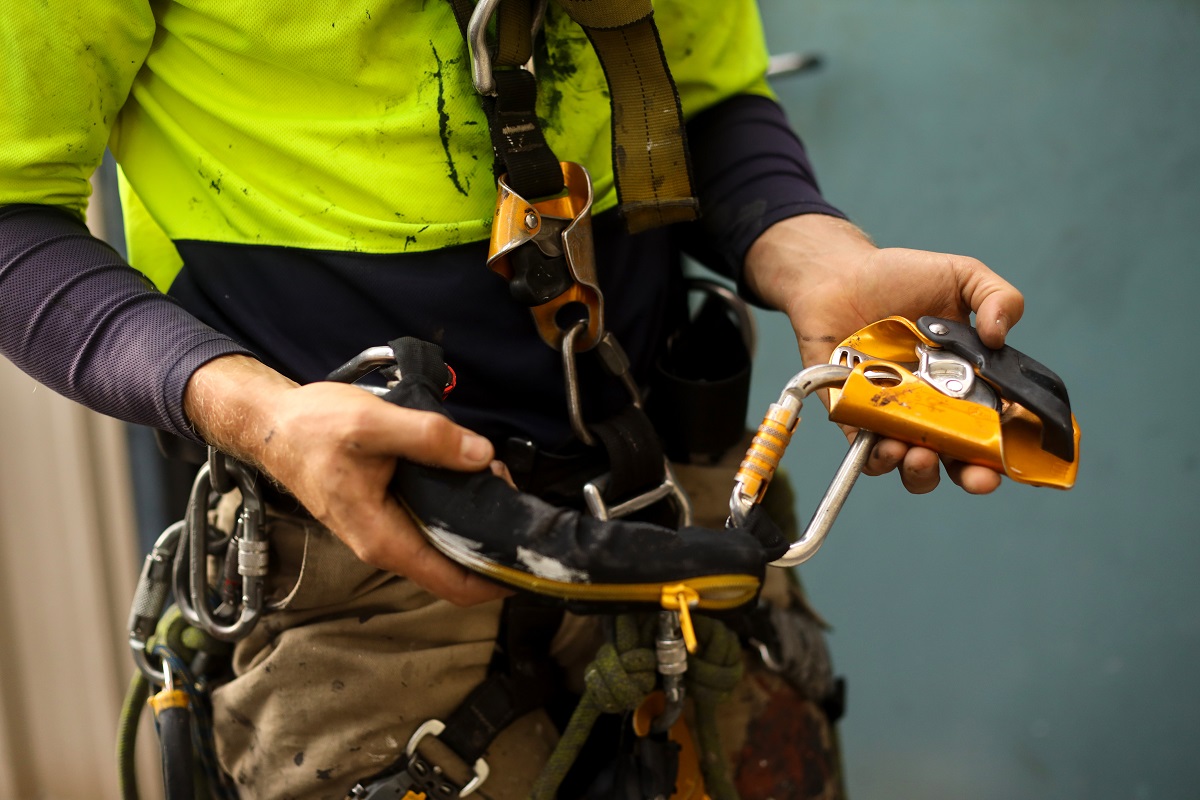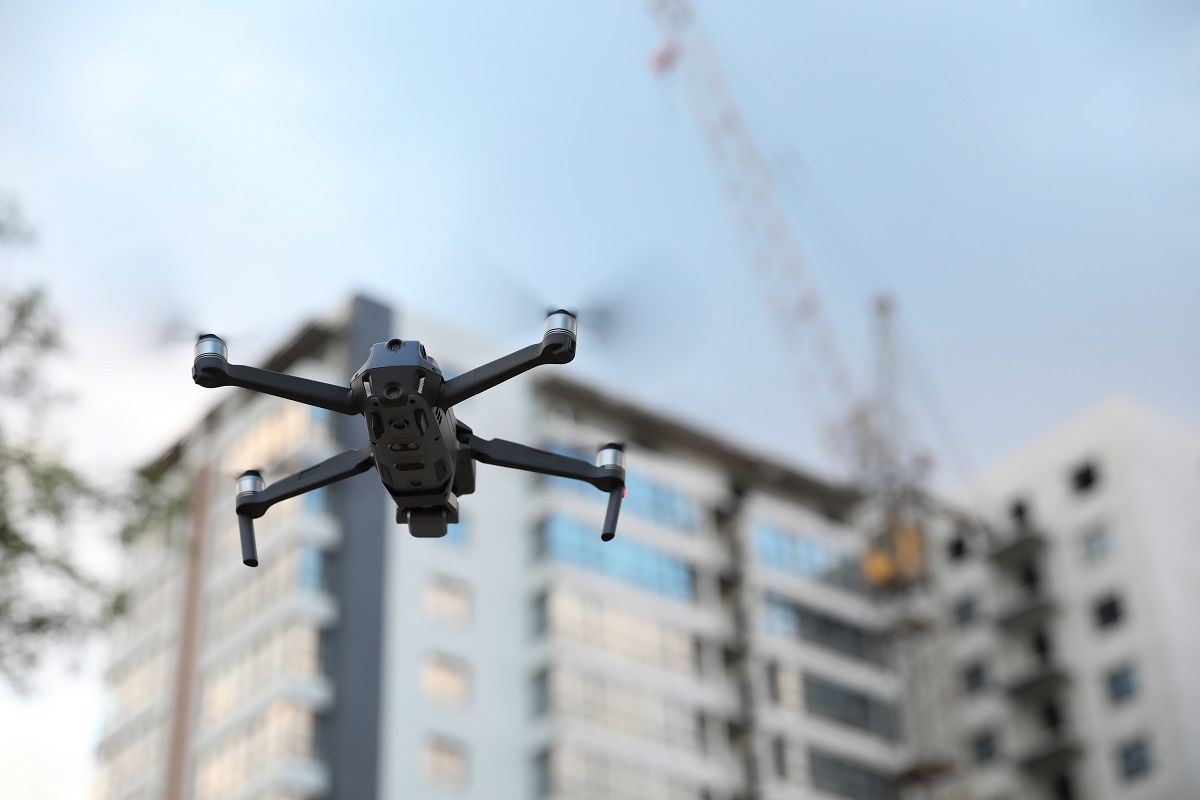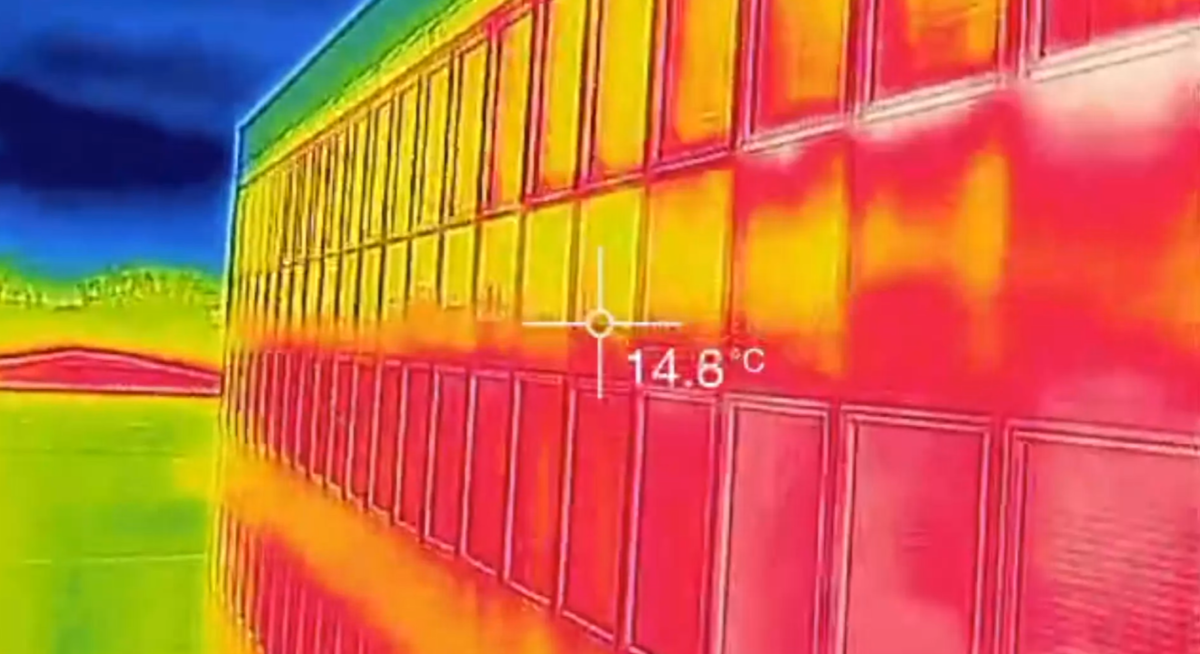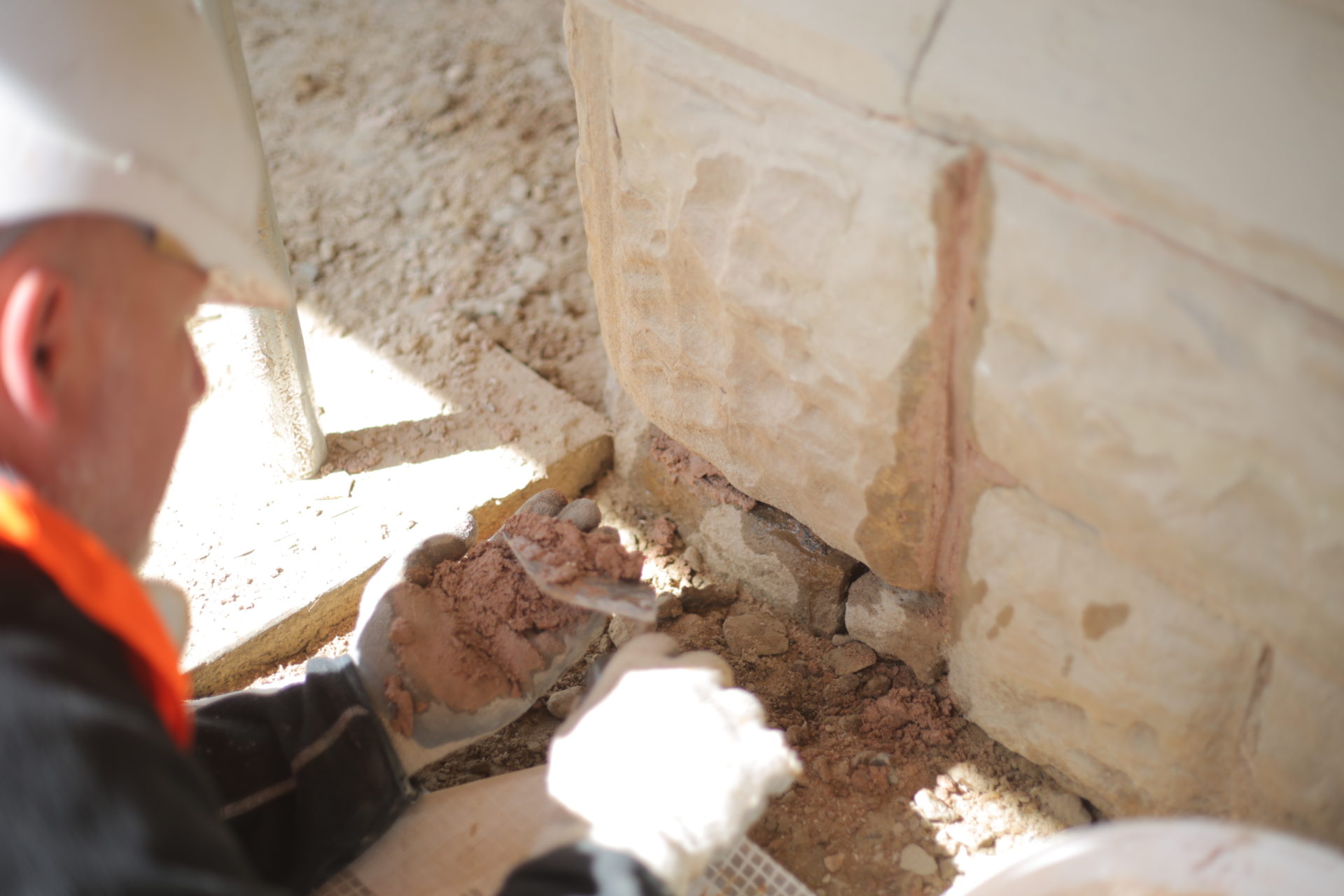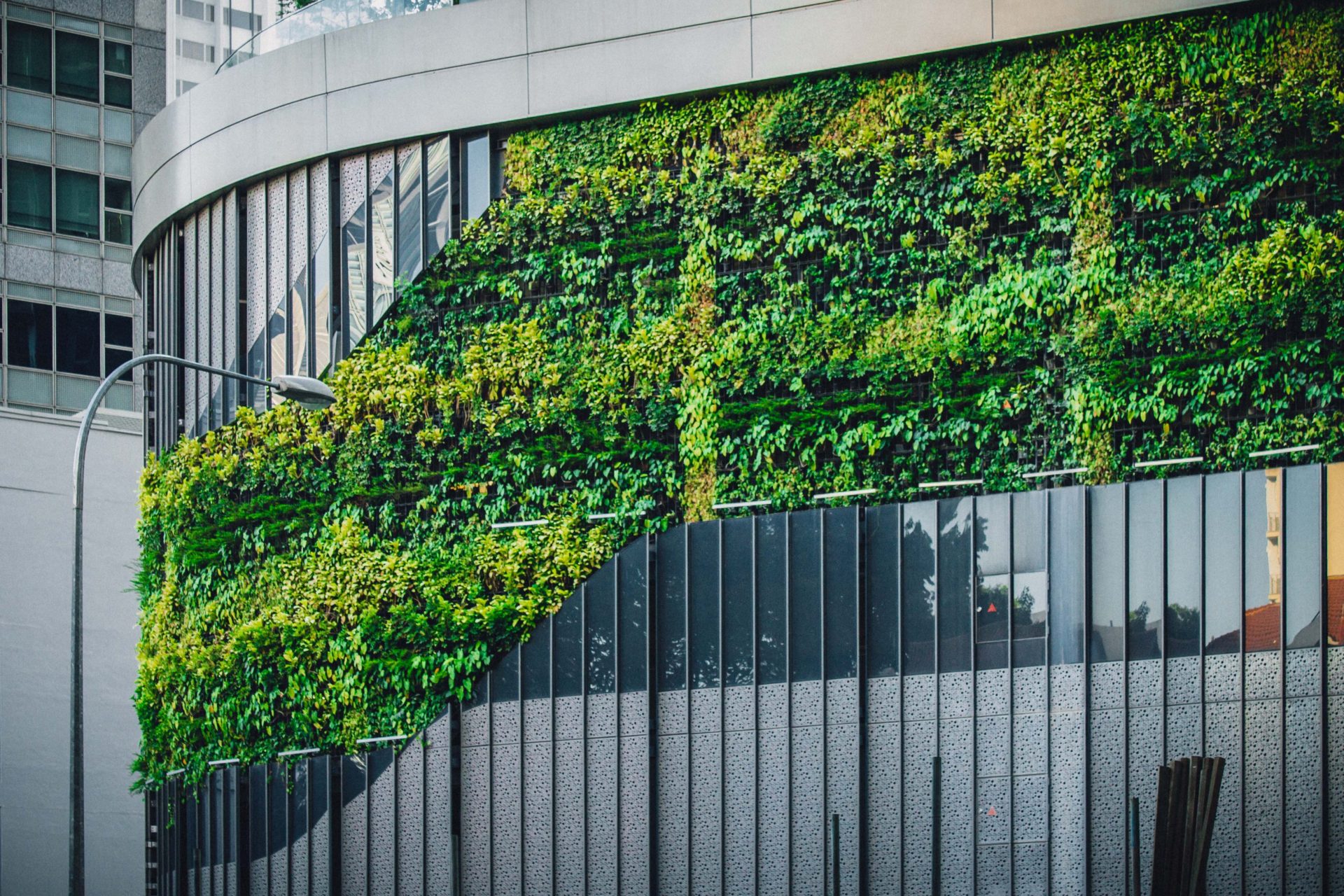Leaks are one of the most common yet frequently ignored signs arising as a direct result of poor roof and facade maintenance systems.
Since leaks are not always visible, sole reliance on visual inspection and DIY solutions may have serious repercussions on not only the health of the building but the safety of the occupants as well.
Late detection of leaks results in the build-up of excess moisture (damp). The source of the moisture ingress may stem from internal condensation or external intrusion. Undetected damp may pose a significant threat to the fabric of buildings. It is vital to take tailored approaches toward the treatment of different types of damp.
The categorisation of damp is described below
Rising damp
Rising damp is referred to the movement of water from the ground which rises up the walls and other areas of the structure through capillary action. The travel path of moisture is through porous building materials and may damage the individual elements of the building including walls and floors
Lateral penetrating damp
This form of damp is found on the lower floors of the building such as basements. Symptoms include mould, discolouration and damp patches which grow internally and may penetrate causing extensive damage to the structural walls. Mould, fungus and excess damp in the building are major health and safety hazards that may lead to respiratory distress or illness Structural waterproofing is the best course of action while tackling the issue of lateral penetrating damp
Rain penetration
Rainwater enters the building through ingress points arising out of faults and decay. The common areas of intrusion include walls, chimneys, roofs and windows.
Commercial roofs can hold a large amount of mechanical and electrical units. The roofs commonly have penetrations to prepare for these services. Although these areas are sealed during installation, poorly maintained waterproofing will affect the integrity of the roof. Water ingress/ponding may weaken the roof’s structural integrity significantly and may lead to a catastrophic failure.
A clear representation of rain penetration is the appearance of green patches of organic growth on the external walls or tiles of the building. Despite their benign presentation, rain penetration can wreak havoc and may remain unnoticed until significant internal damage has occurred.
Blocked gutters
An effective, well-maintained gutter is necessary for the protection of commercial buildings, especially in adverse weather conditions. Gutter systems help gather and redirect large volumes of water away from the building including rainwater. The system prevents moisture damage that may otherwise damage the building foundation and its internal fabric.
Correct gutter/downpipe design is essential to effectively catch and drain the water flow. Gutters should be laid out so that any overflow above the design capacity, caused by above-average rainfall will be discharged without the risk of overspilling into the building or structural overload.
Incorrect design/installation and insulation will result in a host of problems. The biggest issue is the running of water over the gutters. Water may start to back up, running down the inside of the roof sheet and towards the external façade. The extra weight placed on the gutter due to blockage and overspilling may cause considerable damage including cracking and splitting at the joints. The consequence may be potentially severe, causing bigger leaks.
Gutter joints bear immense strain from the movement of the building. This occurs due to expansion and the contraction of the gutters with respect to the building’s movement. The fixings used for sealing the metal box gutter sections loosen and begin to fail. A common maintenance mistake is undertaking repairs of individual joints in isolation, which simply exacerbates the issue and chases the water to the next weak section.
Importance of timely identification and inspection
If timely inspection and maintenance work is not undertaken, the building may face façade deterioration, external material failure and in some cases, external flooding as well. Unusual angles and bends may also reduce the flow rate and create blockages and leaks.
Asbestos cement guttering is vulnerable to fracturing. They are prone to uncontrolled moss growth, which may loosen the cement fibres if not cleaned regularly. Organic growth/debris is detrimental to the structural integrity of the gutters and may cause the exposed metals on the surface to corrode anywhere along the guttering route. They may also result in mould and backflow of water, potentially damaging the protective roof membrane.
Building Transformation’s expertise in solving problems with ageing building envelopes suffering from weathering and decay means you can be assured your building is receiving the best preparation for the winter months.
We use tests such as electronic leak integrity testing, integrity testing of roof membranes, moisture mapping and vacuum dewatering as well as thermographic surveys for the whole building envelope.

